Best Muscle Cars
What You Should Know Before Tinting Your Muscle Car’s Windows
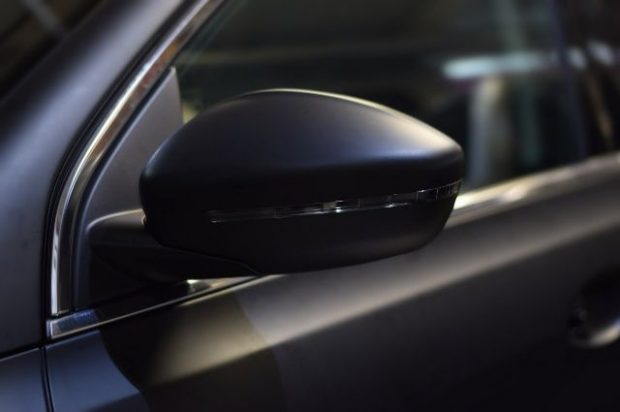
Is there anything cooler than seeing a car driving down the street – especially one you’re already in love with – with those dark tinted windows? In addition to adding some considerable charisma to an already sexy car, choosing the right tint can protect your interior from harmful UV rays.
Still, it isn’t as easy as just slapping some tint on any available surface and calling it a day. What should you know before you tint your muscle car’s windows?
1. Different Kinds of Tint
Before you decide to tint the windows of your muscle car, the first step is to understand the different types of tint you’ll have to choose from. Depending on the kind of look you’re hoping to achieve, there are six different types of tint, including:
Dyed
Dyed tint is the least expensive type of window tint. It’s usually made of three layers: adhesive, dye, and a resilient top layer designed to take the brunt of the dust and dirt thrown up by car tires. You can find very dark tints in this style, but they aren’t generally UV-resistant. Over time, exposure to sunlight can cause the black dye to turn purple.
Metalized
Like the dyed option, metalized tint is made of layers, but in this case, there are four layers instead of three. The adhesive layer bonds the tint to the glass. Next comes the UV blocking and a metalized colored layer before wrapping everything up with the protective topcoat.
This is a great option, but if you’re looking for a UV-resistant tint that will help protect the interior from exposure to UV rays, it will be more expensive than other options. The metal content in the tint can also interfere with radio and cell phone signals.
Hybrid
Hybrid window tinting also utilizes four layers, but it uses less metal to give you the best of both worlds: a middle-ground between metalized and dyed tint. It doesn’t offer the same sort of heat blocking as metalized tint, but it shouldn’t interfere with your cellphone.
Ceramic
Ceramic is a new entry in the realm of window tint and might not be available in all areas. This three-layer tint doesn’t fade like dyed alternatives and is incredibly scratch-resistant while still offering high visibility. It’s got all the pros of the metalized tint with none of the cons.
Unfortunately, it is also one of the most expensive options on the market right now. It creates a matte finish on the window, which is perfect if you’re trying to go for that all-over matte look. It’s also not suitable for privacy tints because they don’t get as dark as other types.
Carbon
Carbon is another new tinting technology that works similarly to ceramic while providing darker tint options. Unfortunately, the carbon particles make it more challenging to see through the windows at specific angles, which means it probably isn’t the best option, even if it’s available in your area.
Crystalline
There is crystalline tint available if you want some UV protection without adding any actual color to your windows. This is strictly for UV and heat blocking and won’t change the color of your windows.
Now that you know your options, here are some other things to consider.
2. Your State’s Laws
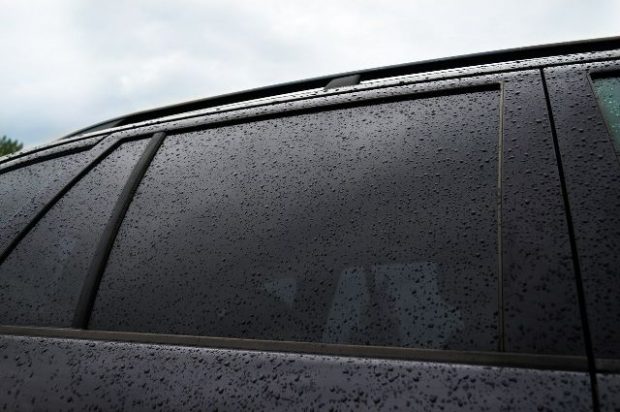
Don’t jump straight to the darkest tint you can find. Depending on the state you live in, you might find yourself on the wrong side of the law. Your front windows might need a different tint level than those in the back. There might be specific laws that allow you to put non-reflective tints on the windshield, but it’s usually only on the top portion of the glass. Some states allow different colors, while others only allow black and gray.
If you require a tint to drive safely, you may be able to get a medical exemption that will allow you to have a darker tint than would otherwise be legal on your vehicle.
3. Whether You’re Planning to Show the Car
If you’ve got a gorgeous muscle car in good condition, one of the best ways to show it off is by taking it to a car show. If this is in your plans for the future, you might want to hold off on the dark tint – at least for now. Check the rules and requirements for the shows you wish to attend to confirm their rules regarding window tinting.
If you’re trying to show an all-original muscle car in its glory, adding a window tint might disqualify you from running and make it more challenging to achieve that dream.
4. Professional vs. DIY Application
A professional tint job can be expensive, costing anywhere from $200 to $1,000 or more, depending on the type of tint, the size of the vehicle, and how many windows you’re tinting. Doing the job yourself can be considerably less expensive, but there are some downsides.
First, you’re buying the tint by the roll unless you’re lucky enough to drive a vehicle that is popular enough to merit a pre-cut tint set. Second, some materials – such as dyed tint – will bubble and look awful if they’re not applied correctly. Finally, you will have to spend extra money on the proper tools to apply the tint.
Even if you do everything right, there is still the chance that something could go wrong, leaving you with a shoddy tint job. You’ll have to swallow the cost of more materials or the expense of taking it to a shop to get it fixed.
To Tint or Not to Tint
In general, adding a layer of window tint to your car can be a great way to protect the interior from sunlight and prying eyes, especially if you don’t park it in a garage. The only thing that might prevent you from applying the perfect tint to your muscle car is the laws in your state and any intentions to show the vehicle. Other than that, tint to your heart’s content!

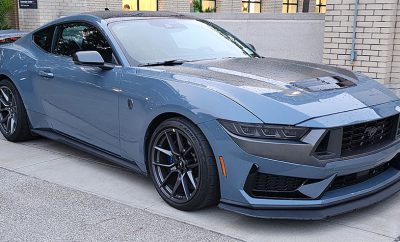
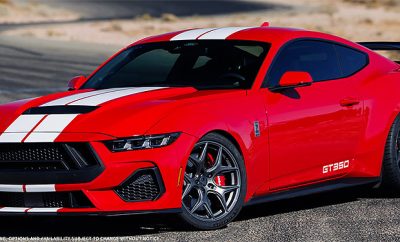
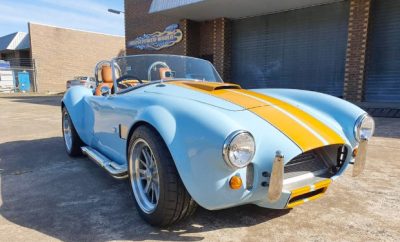





0 comments